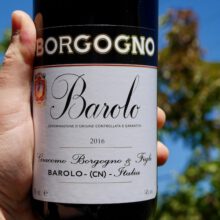
Product information
Borgogno Barolo DOCG 2016
$130
Description
I have the pleasure of seeing many side by side comparisons. Tasting the ‘No Name’ next to the Normale from 2016 was a beauty of a duo. The comparison showed just how much Borgogno has evolved over the last decade. Keeping a foot firmly planted in history the wines are still made in a traditional way with longer contact with skins and ageing in large oak.
Cellar practices and tannin management have been refined yielding wines of fruit expression with supple textures and a good deal of sophistication.
Some wines have a personality that just draws you in. This is one of those wines. It’s the development with freshness, early expression with plenty more to come, layering of flavours and tannins filled with complexity. Like the ‘No Name’ it has beautifully shaped. Red fruits and spice with a flowers lift from the glass, a lovely fruit weight plays perfectly with the wonderfully textured tannins and juicy acid.
An absolute cracker punching above it’s weight for the coin!
Out of stock








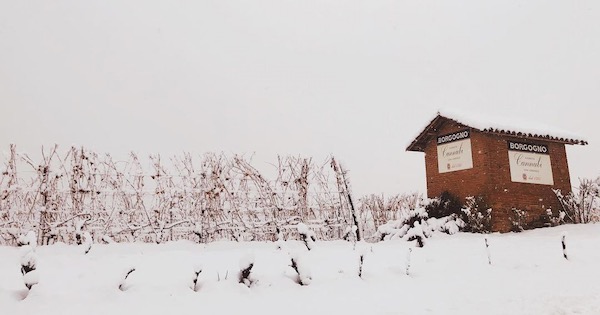


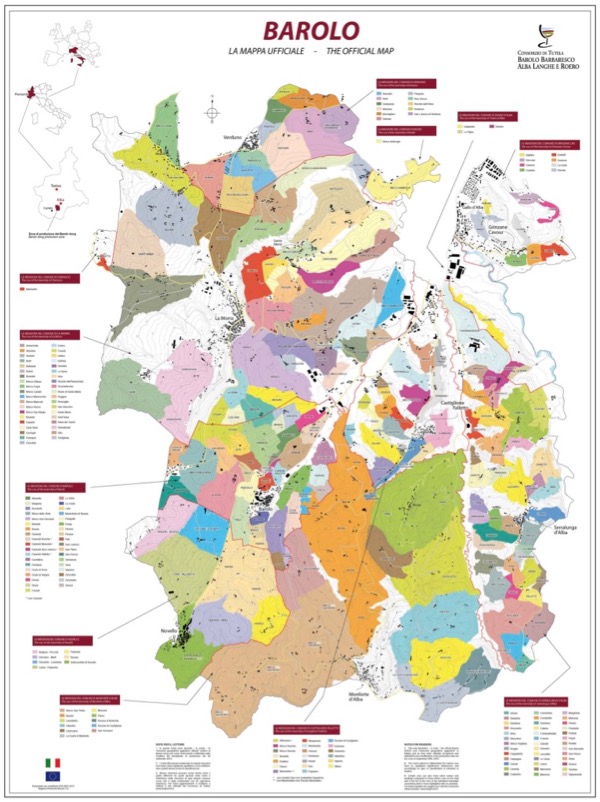
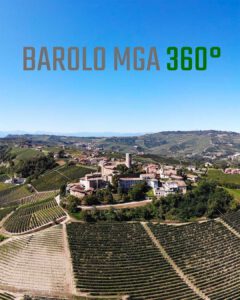
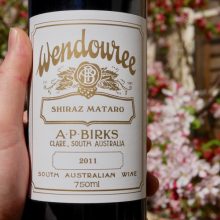
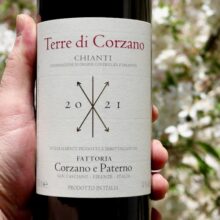
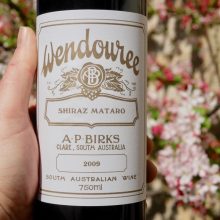
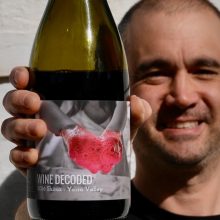
You must be logged in to post a comment.